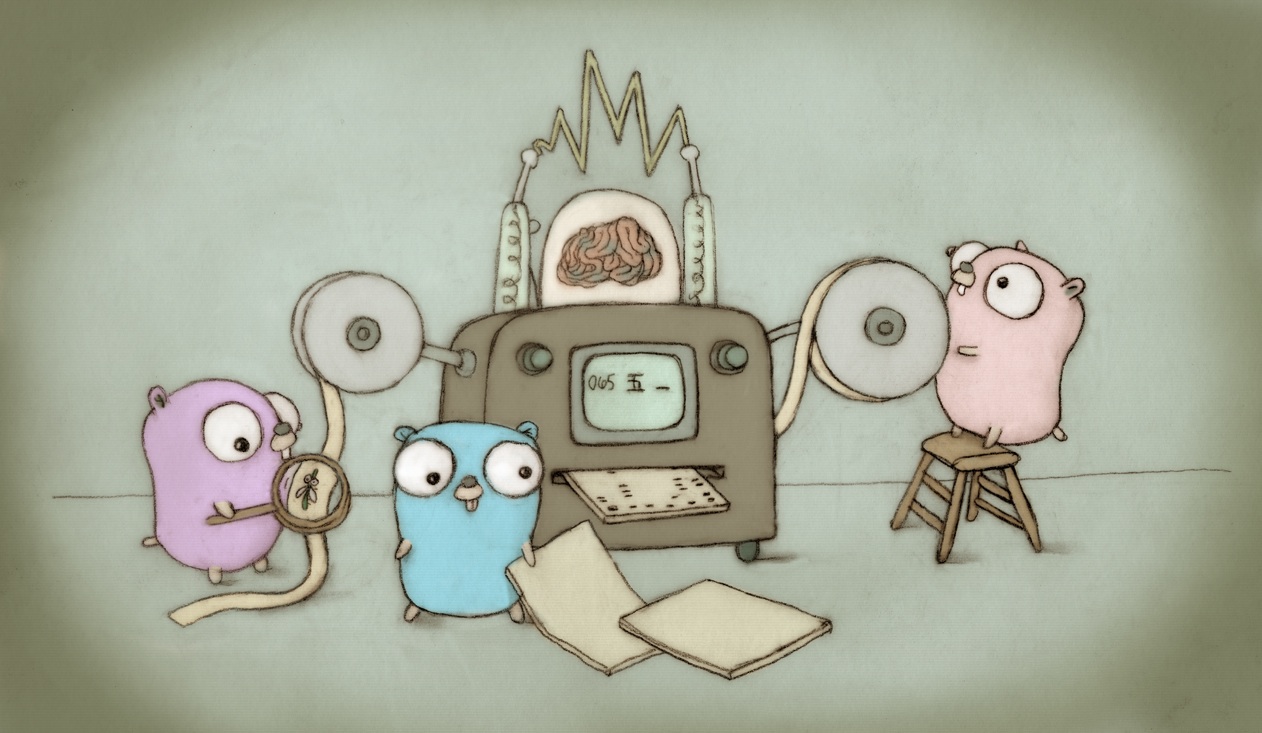Fixes #14522. As I said on that issue: ---- This is a progressive JPEG image. There are two dimensions of progressivity: spectral selection (variables zs and ze in scan.go, ranging in [0, 63]) and successive approximation (variables ah and al in scan.go, ranging in [0, 8), from LSB to MSB, although ah=0 implicitly means ah=8). For this particular image, there are three components, and the SOS markers contain this progression: zs, ze, ah, al: 0 0 0 0 components: 0, 1, 2 zs, ze, ah, al: 1 63 0 0 components: 1 zs, ze, ah, al: 1 63 0 0 components: 2 zs, ze, ah, al: 1 63 0 2 components: 0 zs, ze, ah, al: 1 10 2 1 components: 0 zs, ze, ah, al: 11 63 2 1 components: 0 zs, ze, ah, al: 1 10 1 0 components: 0 The combination of all of these is complete (i.e. spectra 0 to 63 and bits 8 exclusive to 0) for components 1 and 2, but it is incomplete for component 0 (the luma component). In particular, there is no data for component 0, spectra 11 to 63 and bits 1 exclusive to 0. The image/jpeg code, as of Go 1.6, waits until both dimensions are complete before performing the de-quantization, IDCT and copy to an *image.YCbCr. This is the "if zigEnd != blockSize-1 || al != 0 { ... continue }" code and associated commentary in scan.go. Almost all progressive JPEG images end up complete in both dimensions for all components, but this particular image is incomplete for component 0, so the Go code never writes anything to the Y values of the resultant *image.YCbCr, which is why the broken output is so dark (but still looks recognizable in terms of red and blue hues). My reading of the ITU T.81 JPEG specification (Annex G) doesn't explicitly say that this is a valid image, but it also doesn't rule it out. In any case, the fix is, for progressive JPEG images, to always reconstruct the decoded blocks (by performing the de-quantization, IDCT and copy to an *image.YCbCr), regardless of whether or not they end up complete. Note that, in Go, the jpeg.Decode function does not return until the entire image is decoded, so we still only want to reconstruct each block once, not once per SOS (Start Of Scan) marker. ---- A test image was also added, based on video-001.progressive.jpeg. When decoding that image, inserting a println("nComp, zs, ze, ah, al:", nComp, zigStart, zigEnd, ah, al) into decoder.processSOS in scan.go prints: nComp, zs, ze, ah, al: 3 0 0 0 1 nComp, zs, ze, ah, al: 1 1 5 0 2 nComp, zs, ze, ah, al: 1 1 63 0 1 nComp, zs, ze, ah, al: 1 1 63 0 1 nComp, zs, ze, ah, al: 1 6 63 0 2 nComp, zs, ze, ah, al: 1 1 63 2 1 nComp, zs, ze, ah, al: 3 0 0 1 0 nComp, zs, ze, ah, al: 1 1 63 1 0 nComp, zs, ze, ah, al: 1 1 63 1 0 nComp, zs, ze, ah, al: 1 1 63 1 0 In other words, video-001.progressive.jpeg contains 10 different scans. This little program below drops half of them (remembering to keep the "\xff\xd9" End of Image marker): ---- package main import ( "bytes" "io/ioutil" "log" ) func main() { sos := []byte{0xff, 0xda} eoi := []byte{0xff, 0xd9} src, err := ioutil.ReadFile("video-001.progressive.jpeg") if err != nil { log.Fatal(err) } b := bytes.Split(src, sos) println(len(b)) // Prints 11. dst := bytes.Join(b[:5], sos) dst = append(dst, eoi...) if err := ioutil.WriteFile("video-001.progressive.truncated.jpeg", dst, 0666); err != nil { log.Fatal(err) } } ---- The video-001.progressive.truncated.jpeg was converted to png via libjpeg and ImageMagick: djpeg -nosmooth video-001.progressive.truncated.jpeg > tmp.tga convert tmp.tga video-001.progressive.truncated.png rm tmp.tga Change-Id: I72b20cd4fb6746d36d8d4d587f891fb3bc641f84 Reviewed-on: https://go-review.googlesource.com/21062 Reviewed-by: Rob Pike <r@golang.org> |
||
|---|---|---|
| .github | ||
| api | ||
| doc | ||
| lib/time | ||
| misc | ||
| src | ||
| test | ||
| .gitattributes | ||
| .gitignore | ||
| AUTHORS | ||
| CONTRIBUTING.md | ||
| CONTRIBUTORS | ||
| favicon.ico | ||
| LICENSE | ||
| PATENTS | ||
| README.md | ||
| robots.txt | ||
The Go Programming Language
Go is an open source programming language that makes it easy to build simple, reliable, and efficient software.
For documentation about how to install and use Go, visit https://golang.org/ or load doc/install-source.html in your web browser.
Our canonical Git repository is located at https://go.googlesource.com/go. There is a mirror of the repository at https://github.com/golang/go.
Go is the work of hundreds of contributors. We appreciate your help!
To contribute, please read the contribution guidelines: https://golang.org/doc/contribute.html
Note that we do not accept pull requests and that we use the issue tracker for bug reports and proposals only. Please ask questions on https://forum.golangbridge.org or https://groups.google.com/forum/#!forum/golang-nuts.
Unless otherwise noted, the Go source files are distributed under the BSD-style license found in the LICENSE file.
--
Binary Distribution Notes
If you have just untarred a binary Go distribution, you need to set the environment variable $GOROOT to the full path of the go directory (the one containing this file). You can omit the variable if you unpack it into /usr/local/go, or if you rebuild from sources by running all.bash (see doc/install-source.html). You should also add the Go binary directory $GOROOT/bin to your shell's path.
For example, if you extracted the tar file into $HOME/go, you might put the following in your .profile:
export GOROOT=$HOME/go
export PATH=$PATH:$GOROOT/bin
See https://golang.org/doc/install or doc/install.html for more details.
